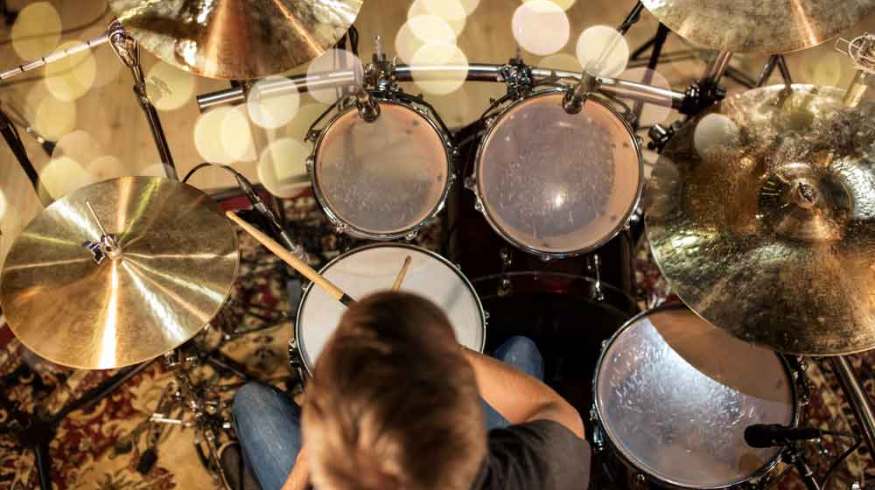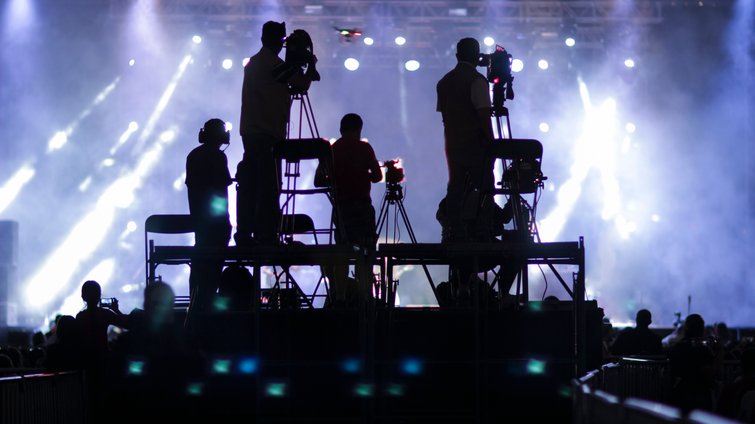
The Best Scenario for Using Space Lights: An Introduction
Shooting in natural light, outdoors, can often be a limiting experience. Introducing the space light — a great alternative to outdoor lighting.
The Problem with Natural Light
Overcast daylight in the early morning or late afternoon is a pretty great starting place for cinematography. It softly illuminates everything without being too bright. In a perfect world, it would always be the right weather and right time of day.
Unfortunately, this isn’t the case. Often, the sun is too bright, or changes too much over the duration of the scene. Sometimes it rains, and the sun is only perfect for brief moments of time.
A Light Solution
Filmmakers quickly learned the attraction of shooting on a sound stage, especially one that mimics the perfect kind of daylight. This is most often the result of a light modifier called the “space light” — groups of lights used to illuminate a large area of space with an even level. The space light, sometimes called a barrel light, is a cylindrical tube of diffusion that hangs down from or around the light fixture. They’re hung from a grid in rows, often six feet from the background and six to eight feet from each other, giving an even level of top and side illumination over a wide area. This is invaluable when shooting a scene that takes place over a distance — like a walk-and-talk or fight scene.
The Tungsten 2K is the most common light of this type because they’re cheap and bright. Brightness is important because the Space Light modifier eats up a lot of light. You need to start with a bright source to end up with a realistic exposure on the ground.
Daylight-balanced LED space lights are far easier to maintain than tungsten, due to lack of heat or the need to regularly change the bulbs. But, most struggle to achieve the brightness of tungsten.
Space Lights Are Only Part of the Solution

Image via FERNANDO MACIAS ROMO
It’s very rare that a scene will be exclusively lit with space lights. They make for great back and fill lights, but lack the punch to be a good key light. It’s for this reason that most gaffers and DPs use space lights on a stage, but will add one or more key lights to make the subject “pop,” creating contrast. This is often a large silk, such as a 10×10, with a bright light like a ARRI M18 punching through it (for daylight balanced scenes).
If the talent is covering a wide area, they might set up multiple, smaller key lights — like the SkyPanel S60 — from the top or side so they’re illuminated at the different places, or “marks,” they stop at.
Other Uses for Space Lights
Space lights are also an excellent way to illuminate a green screen or a white cyc. Studios with facilities will often have a row of space lights installed above the back wall, as well as a “teaser,” or long piece of black fabric, that can mute the spill on the talent.
Space lights aren’t a light modifier you can use to shape a single light. They work best (and are most commonly used) in a large array as part of a studio, but it’s great to know that if you want to light a large area with an even exposure and capture that pre-magic-hour exterior ambiance, they’re the perfect tool for the job.
Top image by Syda Productions.
Looking for more on lighting? Check out these articles.





